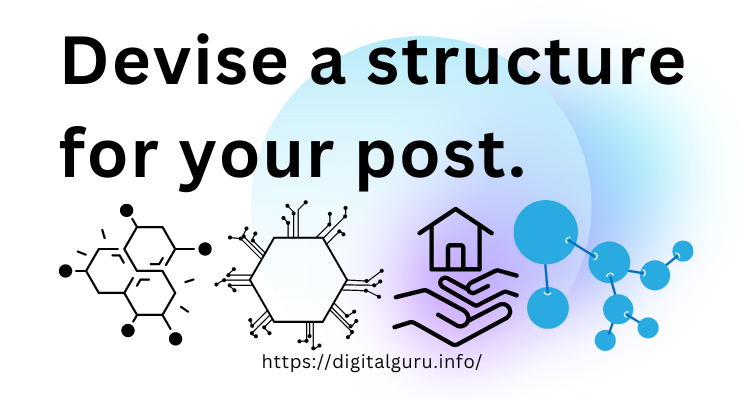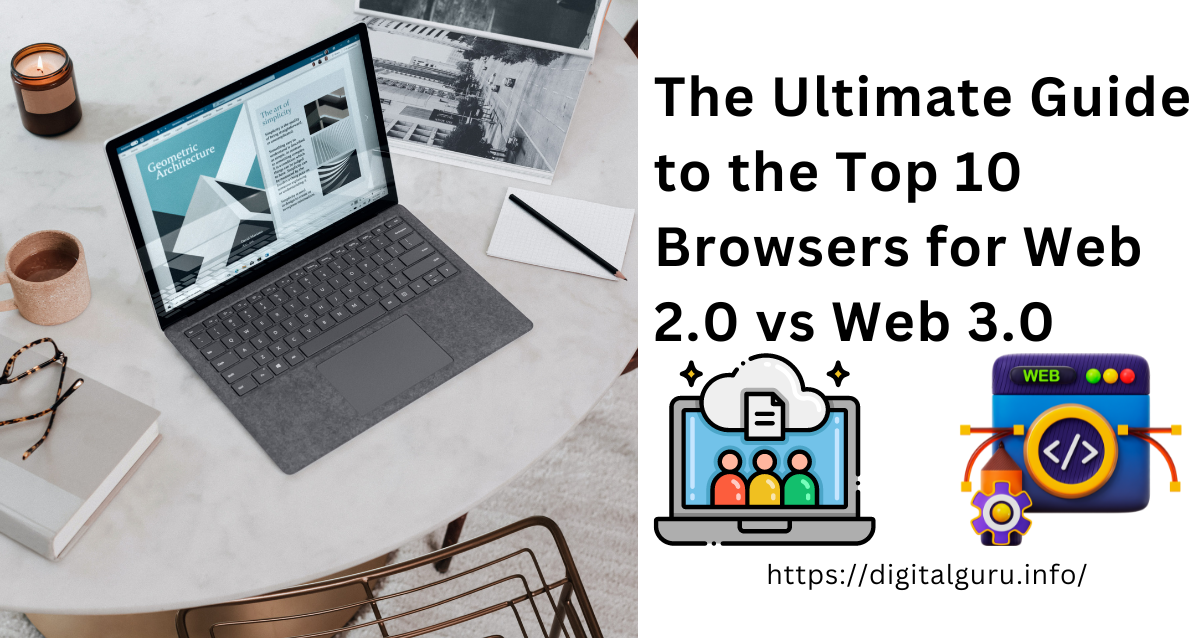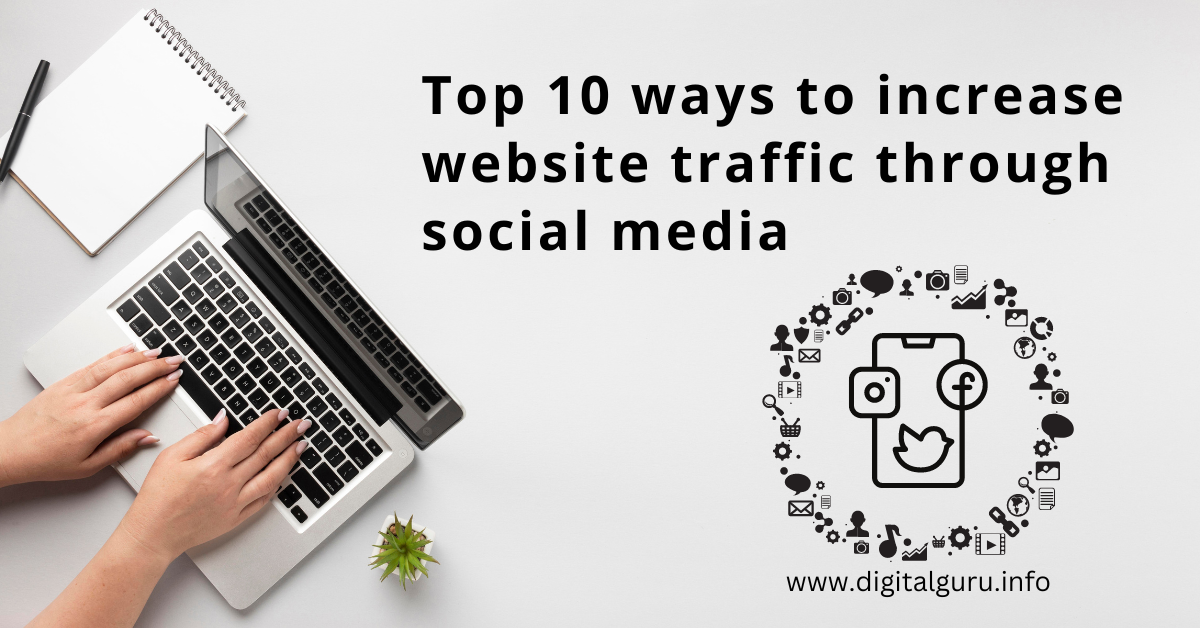best writing tips to grow your SEO blogs.
Whether you’re just starting as a blogger or an experienced SEO writer. These writing tips will help you create more engaging and informative content for your blog. Get the most out of your SEO efforts by following best practices for research, structure, and optimization.
Think before you write!

As an AI, I am programmed to respond to your queries as quickly and accurately as possible for writing tips. However, I understand the importance of considering the consequences of my responses. And I am programmed to be respectful and neutral. If you have concerns about a specific response or topic. Please let me know and I will do my best to address them.
Devise a structure for your post.

When writing a post, it’s often helpful to start by planning out the structure of your content. Here’s a general structure that you can use as a starting point:
Introduction: Begin by introducing the topic of your post and providing some context for your readers. This section should be engaging and grab the reader’s attention.
Body: The body of your post is where you’ll provide more detailed information and arguments related to your topic. Depending on the length of your post, you may want to break this section down into smaller sections or subtopics.
Supporting Evidence: You can use facts and figures, examples, or even stories to support your argument in the post. It will make it more convincing for the reader.
Counterarguments: It’s important to anticipate and address any potential counterarguments to your arguments. By acknowledging and addressing counterarguments. You’ll demonstrate that you’ve considered other perspectives and that your position is well-reasoned.
Conclusion: Bring your post to a close by summarizing the main points of your post and restating your thesis.
Call to action: End the post by asking your readers to engage with your content or to visit a website or a link you want to share.
This is just a general structure that can be adjusted to fit the needs of your specific post. Remember to keep in mind your audience and what they are looking for when devising a structure for your post.
Use paragraphs and headings.
Using paragraphs and headings is an effective way to organize your post and make it easy for readers to scan and understand. Here are a few tips for using paragraphs and headings in your post:
Paragraphs: Use short paragraphs to break up chunks of text and make your post easier to read. Aim for 3-5 sentences per paragraph.
Headings: Use headings to break up your post into sections and to signal to readers what they can expect to find in each section. You can use different levels of headings (e.g., H1, H2, H3) to indicate the hierarchy of your content.
Subheadings: You can use subheadings inside sections to create smaller chunks of information and make the post more scannable.
Use formatting: Use bold, italics, and underline formatting in your headings and subheadings to make them stand out and draw the attention of your readers
Images: Using images, infographics, or videos inside your post can help make your post more engaging and break up the text, but make sure the images are related to the topic
In general, the goal of using paragraphs and headings is to make your post easy to read and understand, and to guide readers through your content. By using them, your post will be more structured and clear, which will make it more enjoyable and easy for readers to follow along.
Use transition words.
Transition words are words or phrases that connect sentences and paragraphs and help to guide the reader through your post. They can be used to indicate relationships between ideas, and to signal a shift in focus or direction. Or to show a cause-and-effect relationship.
Here are a few examples of transition words and phrases that you can use in your post:
To mean similarity or addition: “in addition,” “furthermore,” “similar”
To show a contrast: “however,” “on the other hand,” “in contrast”
Suggest a cause-and-effect relationship: “therefore,” “as a result,” “thus”
Indicate a time relationship: “in the meantime,” “meanwhile,” “previously”
By using transition words, you can help to create a clear and logical flow in your post and make it easier for readers to follow along. However, use them appropriately and naturally, overuse of them can make the post sound choppy and forced. Also, make sure that the transition words you use fit the context of your post and are appropriate for your audience.
Use related keywords.

Using related keywords in your post can help to improve its discoverability and relevance to your readers. Here are a few tips for using keywords effectively in your post:
Identify your primary keyword: Before you start writing your post, think about the main topic or theme of your post and choose a primary keyword that best describes it. This keyword should be included in the title of your post, as well as in the first sentence of your introduction.
Use variations of your primary keyword: Once you’ve identified your primary keyword, think about variations of that keyword that you can use throughout your post. For example, if your primary keyword is “dog grooming,” you might use variations like “dog grooming tips,” “dog grooming techniques,” “dog grooming tools,” etc.
Use long-tail keywords: Long-tail keywords are longer phrases that are more specific to your topic. For example “how to groom a Shih TZU” is more specific and long-tail, it targets people searching for that specific information, which can be a more targeted audience.
Use synonyms: Using synonyms of your primary keyword will help you to sound natural and avoid keyword stuffing.
Use in subheadings and meta-data: Using keywords in your subheadings and meta-data (such as the title tag and meta description) can help to signal to search engines what your post is about and make it more likely to be returned as a result for relevant search queries.
It’s important to remember that while keywords are important, they should never take precedence over creating quality content that’s engaging and valuable to your readers. It’s also good to keep in mind that using keywords in a way that’s natural and doesn’t feel forced will be a better approach than trying to stuff as many keywords as possible into your post.
Optimize the length of your article.
The optimal length of an article can vary depending on the type of content and the audience you’re writing for. However, in general, longer articles are often more detailed and comprehensive, while shorter articles can be more easily digestible for readers. Here are a few things to consider when determining the length of your article:
Audience: Consider who your target audience is and what kind of content they are looking for. For example, if you’re writing for a professional audience, a longer and more detailed article may be more appropriate. If you’re writing for a general audience, a shorter article might be better.
Topic: The complexity of the topic is also a factor to consider. For more complex or technical topics, a longer article may be necessary to provide a thorough explanation.
Purpose: It’s also important to consider the purpose of your post. Are you trying to inform, persuade, or entertain? Depending on the purpose, the length of the post may vary.
Post length
SEO: The length of your post also plays a role in SEO. Longer posts are often considered more comprehensive and can be more effective at ranking in search engine results. It’s also important to note that Google doesn’t have any specific criteria for post length. But it’s said that longer posts are more likely to be engaging and provide more information which is something that googles values in its ranking algorithm.
Formatting: Make sure you’re using formatting, headings, and images to break up the text and make your post more readable, even if the post is long.
Overall, the length of your article should be based on the needs of your audience, topic, and purpose. While there isn’t a hard and fast rule for the length, a general rule of thumb is to aim for at least 300-500 words. Remember that more important than the length is that you are providing value to your readers. Your post is well-researched and has a simple structure and tone.
writing tips To Link to existing content.
Linking to existing content within your site or to external sites can be an effective way to add value to your post and provide additional information for your readers. Here are a few tips for linking to existing content in your post:
Link to related content: Within your site, link to other related content that you’ve written on the same topic or similar topics. This will help to keep readers on your site longer and can also improve the discoverability of your other content.
Link to external content: Use external links to add credibility to your post and provide additional information for your readers. Link to authoritative sources and make sure the linked site is trustworthy.
Use anchor text: Use descriptive and meaningful anchor text when linking to other content. Instead of using “click here,” use the title or a summary of the linked content in the anchor text. This will help your readers understand where the link will take them before they click on it and also can help with SEO.
Link to your content strategically: Be selective with what content you link to, don’t link to everything you’ve written, but only the ones that will add value to the post.
Provide context: Make sure that you’re providing context for your readers before linking to external content, so that they know what to expect when they click on the link.
Keep in mind that linking to too many external sites can hurt the user experience and can make your post look less authoritative. On the other hand, linking to too many internal links can make the post look too promotional. Use links strategically and make sure that they add value to your post and provide a better user experience.
writing tips Let other people read your post.
Allowing other people to read your post before you publish it can be a valuable step in the writing process. Here are a few reasons why you should let others read your post and some tips on how to get their feedback:
Catch mistakes: Other people can help you catch typos, grammatical errors, and other mistakes that you might have missed.
Get different perspectives: Reading your post from different perspectives will give you a more objective view of your post. Other people may point out things that you may have overlooked and could help you to improve your post.
Receive feedback: Getting feedback on your post can help you to gauge how it will be received by your target audience and if your post meets its purpose.
few writing tips to get feedback
Here are a few tips on how to get feedback on your post:
Share with a small group of trusted individuals. Share your post with a small group of friends, family members, or colleagues. Whom do you trust to give you honest and constructive feedback?
Share with an online community: Share your post with an online community or a group of people. Who is interested in the topic you are writing about? For example, on a forum or a subreddit. This can give you an idea of how people who are not familiar with you will react to your post.
Use a tool like Grammarly or Hemingway. These are tools that can help you to identify grammar and style issues in your post. And provide suggestions on how to improve them.
It’s important to keep in mind that feedback is not always going to be positive and that’s okay. Not everyone will like your post, but the feedback can help you to improve your post. And make it more appealing to your target audience. Remember that your post is a representation of your brand. Therefore, it’s important to invest the time and effort to make it the best it can be.














Leave a Reply